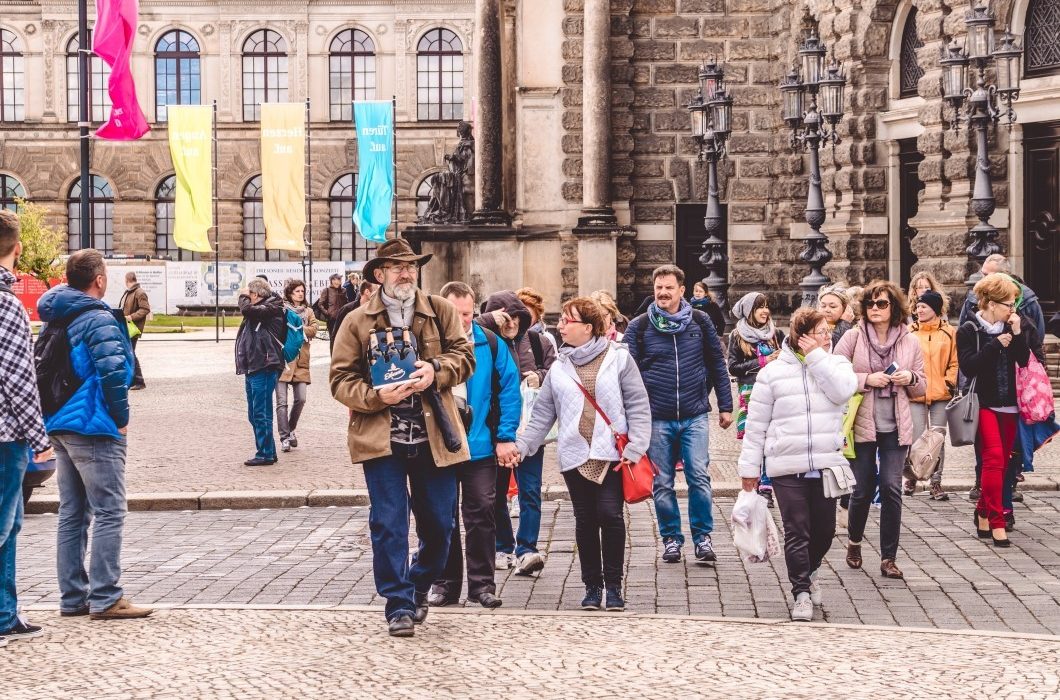
You might also like:
German tourism industry is doing very well. The record holiday expenditure and sunny prospects are expected in the current travel year. In some regions, however, success is becoming a problem.
After an unexpectedly strong year in 2017, German tourism is in great shape. The research community of vacation and travel (FUR) confirmed the industry’s bright prospects for the current travel year.
Last year, Germany’s holidaymakers spent a record amount of over 96 billion euros, according to FUR. The company also reported that 69% of German citizens questioned are very likely or certain to travel again this year.
Only 11% do not want to travel and only 13% want to spend less time travelling than the year before. The Federal Association of the German Tourism Industry expects that German citizens will afford 1.5 to 2% more travel days this year.
Moreover, sun-seekers from Germany are more than ever attracted to distant travelling. 72% of all vacations last year were abroad, more than ever before. However, even with 28%, Germany remains the most popular destination.
Abroad, Spain is the undisputed leader. In 2017, a total of 54.1 million holidaymakers from Germany made 69.6 million trips. Last year it was 68.7 million. In addition, there were 82 million short trips from 34.3 million travelers.
Tourism is also booming worldwide. According to the forecast of the World Travel Monitor, the number of trips abroad will increase by around 5% this year. This would be a slightly lower increase than in 2017. Last year 1.152 billion trips abroad were counted globally, an increase of 6.5% compared to 2016.
This means 81 million more trips across the borders of one’s own country within a year – a figure that corresponds to the German population.
Experts speak of a fantastic global travel year in 2017, which was not expected given the fear of terror attacks. However, concern about terrorism has diminished. In the survey, 63% of travelers said it had no effect on the choice of their destination. Two years ago, terror attacks in popular tourism regions decreased people’s desire to travel.
In terms of the number of travelers, the Chinese were first in the world for the first time, followed by the US. Third place went to Germans, behind them the British and French. Top destinations for international guests were Spain, USA, Germany, France and Italy.

In some popular cities and regions, however, mass tourism is now causing protests from the locals. According to the president of the Federal Association of the German Tourism Industry Michael Frenzel, it is “not a nationwide problem”. Tourism has a positive effect in most regions of the world. “Nevertheless, we are required, as an industry, not to be victims of our own success.”
Germans are not united in the question of how many other tourists they want to meet on vacation. According to FUR, 36% prefer destinations away from tourist centers, while 32% prefer popular holiday destinations. From the point of view of travelers, IPK reports that Mexico City, Shanghai and Venice are particularly affected by over-tourism.
Source: tourism-review.com
